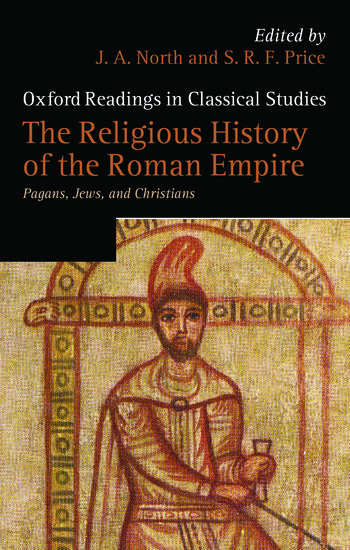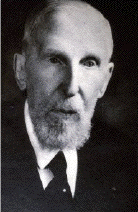(1944 - 2006)
Field of research: Roman Religion, Oriental Cults in Pannonia (especially the cult of Mithras), Latin Epigraphy
Nationality: Hungarian
Major contributions: CIMRM Supplementum for Pannonia, important studies related to the Cult of Mithras in Pannonia (the Poetovio system), propagation of ancient history in Hungary
Publications' list:
More than 300 publications. (full list here)
- Mithram esse coronam suam . (Bemerkungen über den dogmatischen Hintergrund der Initiationsriten der Mithramysterien .) Acta Classica Univ. Sc. Debrecen. 2, 1996, 73-79.
- The Cult of Juppiter Sol invictus deus genitor in Dacia . Acta Classica Univ. Sc. Debrecen. 6, 1970, 71-74.
- Destruction of the sanctuaries of Iuppiter Dolichenus at the Rhine and in the Danube Region (235-238) . Acta Archaeologica Hung. 25, 1973, 109-116.
- Iuppiter Dolichenus-tanulmányok . /Iuppiter Dolichenus-Studien./ Az ELTE Ókori Történeti Tanszékeinek Kiadv. 15. Budapest, ELTE Házi soksz., 1976. 172 p.
- Das lokale System der Mithraischen Personifikationen im Gebiet von Poetovio . Archeološki Vestnik 28, 1977, 385-392.
- A rómaiak Magyarországon. 2. kiadás. 1979
- Das groβe Kultbild des Mithräums und die Probleme des Mithras-Kultes in Intercisa . Specimina Nova 1985, 37-56. [mit Zsolt Visy]
- Magna Mater és Attis kultuszának emlékei Pannoniában - Katalógus . - Die Denkmäler des Kultes von Magna Mater und Attis in Pannonien - Katalog . A Janus Pannonius Múzeum Évkönyve 29, 1984 (1985), 127-161.
- Der Kult der kleinasiatischen Götter in Pannonien . Specimina Nova 1987, 107-130.
- Addenda Pannonica Mithriaca . (Additios to the Work of M. J. Vermaseren. Corpus Inscriptionum et Monumentorum Religionis Mithriacae) . Specimina Nova 1988, 17-73.
- The Cult of Cybele and Attis in Pannonia . Specimina Nova 6, 1990 (1991), 119-158.
- A Dacian „Apostle" of the cult of Mithras? Specimina Nova 8, 1992, 153-160.
- A római kori keleti vallások pannoniai történetének kérdései . (I . A kisázsiai és iráni eredetű kultuszok .) /Fragen der Geschichte römerzeitlichen orientalischen Kulte in Pannonien. (I. Kleinasiatische und persische Kulte.)/ Kandidátusi értekezés. Pécs 1993. 263 p. (manuscript)
- Zsidó hitközösségek a római Pannoniában . /Jüdische Gemeinden im römischen Pannonien./ Múlt és Jövő 1995/4, 105-109.
- Bevezetés a római feliratok világába . /Einführung in die Welt der römischen Inschriften/ Pécs, University Press Pécs, 1999. 219 p. [mit Ádám Szabó]
- Mithras Pannonicus . Esszék - Essays . Specimina Nova 17, 2003. 146 p.
- Das Fest Pannoniens: III Idus Iunias . In: Bölcske. Römische Inschriften und Funde. In Memorian Sándor Soproni. (Hrsg.: Á. Szabó - E. Tóth) Libelli Archaeologici No. II. Bp. 2003. Budapest, 2003, 377-384.
- Pannoniai vallástörténet . /Pannonische Religionsgeschichte./ Akadémiai doktori értekezés. Pécs 2004. 208 p. (Kézirat)










.jpg/220px-Statue_of_Varro_in_Rieti_(cropped).jpg)



